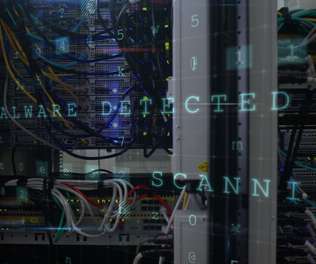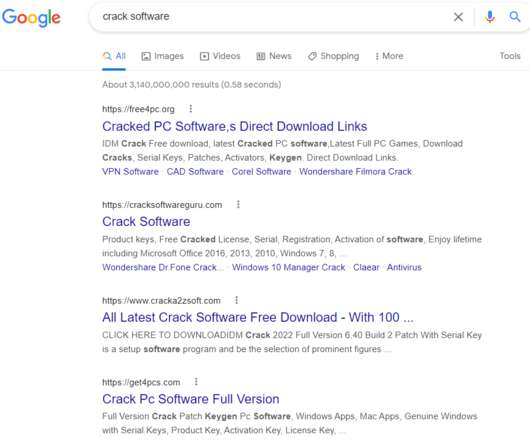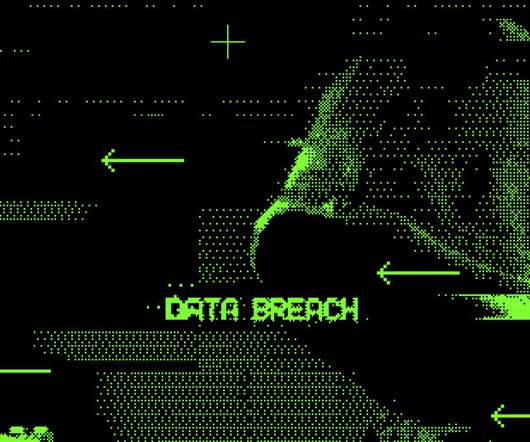Top 10 Malware Strains of 2021
SecureWorld News
AUGUST 8, 2022
Cybercriminals often use malware to gain access to a computer or mobile device to deploy viruses, worms, Trojans, ransomware, spyware, and rootkits. NanoCore NanoCore is used for stealing victims' information, including passwords and emails. AZORult's developers are constantly updating its capabilities. Enforce MFA.














Let's personalize your content